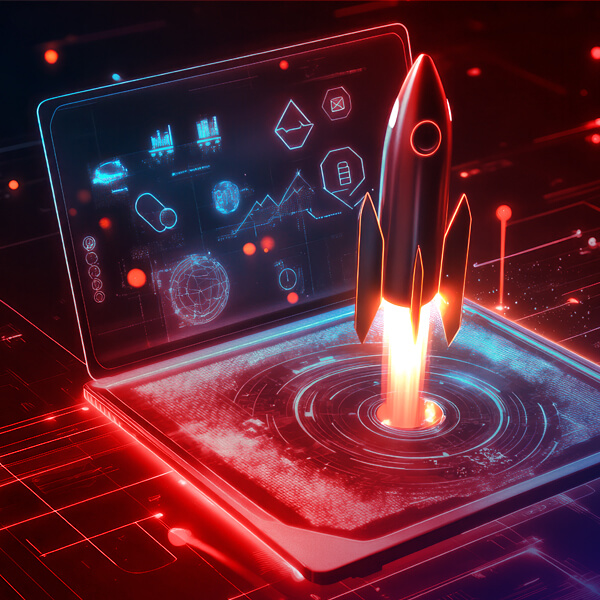When your business needs external expertise to power its digital initiatives, you’re faced with a crucial decision: Should you opt for Resource Augmentation or Project Outsourcing? While both strategies bring external talent to the table, they serve distinctly different purposes and offer unique benefits. Understanding these differences is key to making the choice that best aligns with your project goals, internal capabilities, and desired level of control.
At Digital CubeRoot, we offer both models, and we aim to help you identify the approach that will maximize your efficiency and deliver the best outcomes for your specific situation.
Understanding the Models: Two Paths to External Expertise
Let’s clarify what each model entails:
- Project Outsourcing:
- What it is: You hand over an entire project, or a significant part of it, to a third-party vendor. The vendor takes full responsibility for delivering the agreed-upon outcome, managing their team, processes, and timelines.
- Ideal for: Well-defined projects with clear scopes, fixed budgets, and when you prefer a hands-off approach to daily management, focusing primarily on the final deliverables. You leverage the vendor’s established methodologies and infrastructure.
- Resource Augmentation:
- What it is: You integrate individual, highly skilled professionals (or a small team) from an external partner directly into your existing in-house team. These augmented resources work under your management, using your tools, processes, and communication channels, becoming an extension of your current workforce.
- Ideal for: Filling specific skill gaps, scaling up capacity quickly, tackling complex projects with evolving requirements, and when you want to retain high control over the project’s daily execution and intellectual property.
Key Differentiators: When to Choose Which
The choice between Resource Augmentation and Project Outsourcing hinges on several critical factors:
- Control & Management: With Resource Augmentation, you maintain high control over daily tasks, project direction, and team integration. With Project Outsourcing, control shifts largely to the vendor, and your involvement is typically at a higher, strategic level.
- Team Integration: Augmented resources become a seamless part of your internal team, participating in your daily stand-ups and internal meetings. In outsourcing, the vendor’s team operates more independently.
- Flexibility & Scope: Augmentation offers immense flexibility to scale up or down as project needs evolve or pivot quickly. Outsourcing usually works best with a more fixed, clearly defined project scope.
- Knowledge Transfer: In Augmentation, knowledge transfer often happens organically within your integrated team. With outsourcing, specific clauses for knowledge transfer might be needed at project completion.
- Cost Structure: Augmentation is often based on hourly or monthly rates per resource, offering transparent control over expenditure. Outsourcing is typically based on a fixed project price or time & materials for the entire solution.
- Internal Capacity & Skill Gaps: Augmentation is perfect when your internal team can manage but lacks specific technical skills. Outsourcing is ideal when you lack the internal capacity and desire to manage a project.
Making the Right Strategic Choice
Both Resource Augmentation and Project Outsourcing are powerful tools for achieving your digital goals. The “best” choice isn’t universal; it depends on your project’s nature, your desired level of hands-on involvement, the specific skill gaps you need to fill, and your internal team’s current bandwidth.
By carefully considering these factors, you can leverage external expertise in a way that optimizes your resources, accelerates your projects, and ultimately drives your digital success. Partner with an expert who can help you navigate these options and choose the path that empowers your business most effectively.









